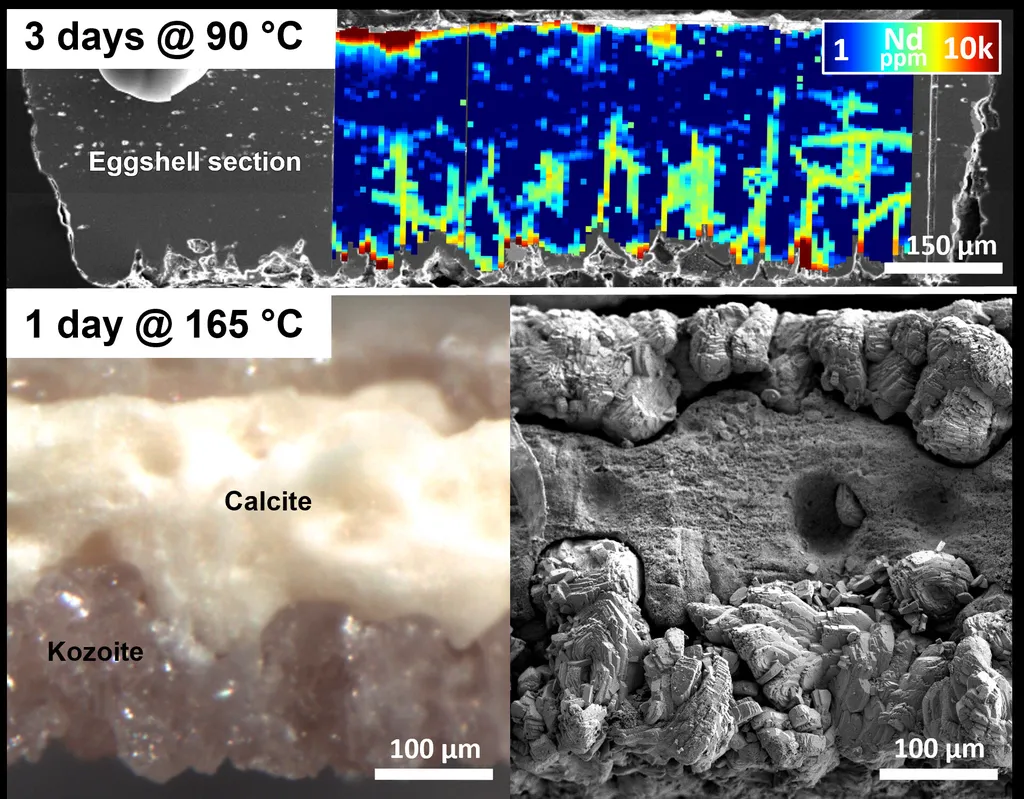In a world where innovation often comes from the most unexpected places, researchers have turned to an everyday kitchen waste product to potentially revolutionize the energy sector. A groundbreaking study led by Siew Hong Yap from the Superconductor & Thin Films Laboratory at Universiti Putra Malaysia has unveiled the potential of chicken eggshells in enhancing the properties of high-temperature superconductors. This isn’t just about recycling; it’s about transforming waste into a powerful tool for advancing energy technologies.
Superconductors are materials that, when cooled below a certain temperature, can conduct electricity without resistance. This property makes them invaluable for various applications, from magnetic resonance imaging (MRI) machines to power transmission lines. One of the most studied high-temperature superconductors is YBa2Cu3O7-δ, commonly known as YBCO. However, improving its performance has been a persistent challenge.
Yap and her team have taken a novel approach by incorporating calcium compounds derived from chicken eggshells into the YBCO matrix. The results, published in Results in Materials (which translates to Results in Materials), are nothing short of astonishing. “We found that the addition of these calcium compounds significantly improved the superconducting properties of YBCO,” Yap explained. “The hole concentration reached its highest value, and the superconducting transition width was remarkably narrow, indicating a more efficient superconducting state.”
The research involved a systematic thermal treatment method to synthesize YBCO with varying concentrations of calcium compounds. The team used advanced characterization techniques, including X-ray diffraction, Field Emission Scanning Electron Microscope, and Energy Dispersive X-Ray Spectroscopy, to analyze the crystal structure, surface morphology, and chemical composition of the specimens. The findings revealed the formation of an orthorhombic Y-123 phase with high-intensity peaks, suggesting a stable and well-defined crystal structure.
One of the most intriguing aspects of this study is the observation of grain degradation trends in the YBCO matrix system. The addition of calcium compounds led to the appearance of impurity phases, but surprisingly, these impurities did not hinder the superconducting properties. Instead, they enhanced them. “This green approach to using impurity materials in the YBCO system opens up new possibilities for improving superconducting properties at high temperatures,” Yap noted.
The implications of this research are far-reaching. In the energy sector, high-temperature superconductors could revolutionize power transmission by reducing energy losses and increasing efficiency. This could lead to more sustainable and cost-effective energy solutions, benefiting both consumers and the environment. Moreover, the use of eggshells as a source of calcium compounds aligns with the growing trend towards sustainability and green technologies.
As we look to the future, this research paves the way for further exploration into the use of waste materials in advanced technologies. It challenges us to think beyond traditional sources and consider the potential of everyday items in driving innovation. The work by Yap and her team is a testament to the power of interdisciplinary research and the importance of thinking outside the box. As the energy sector continues to evolve, studies like this will be crucial in shaping a more sustainable and efficient future.

